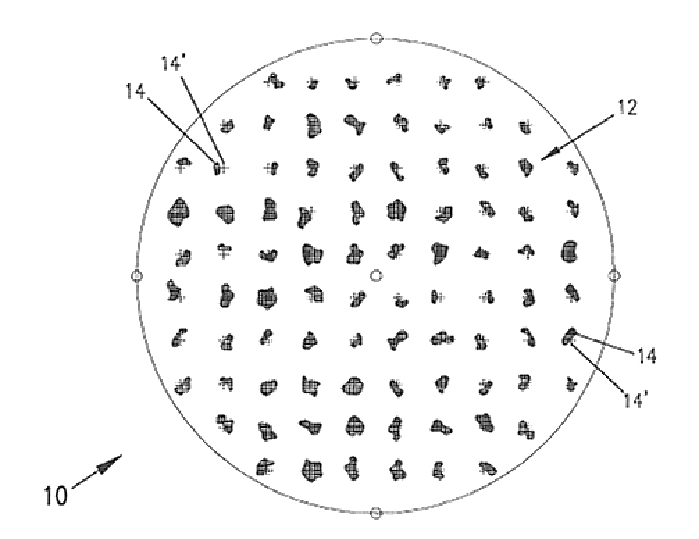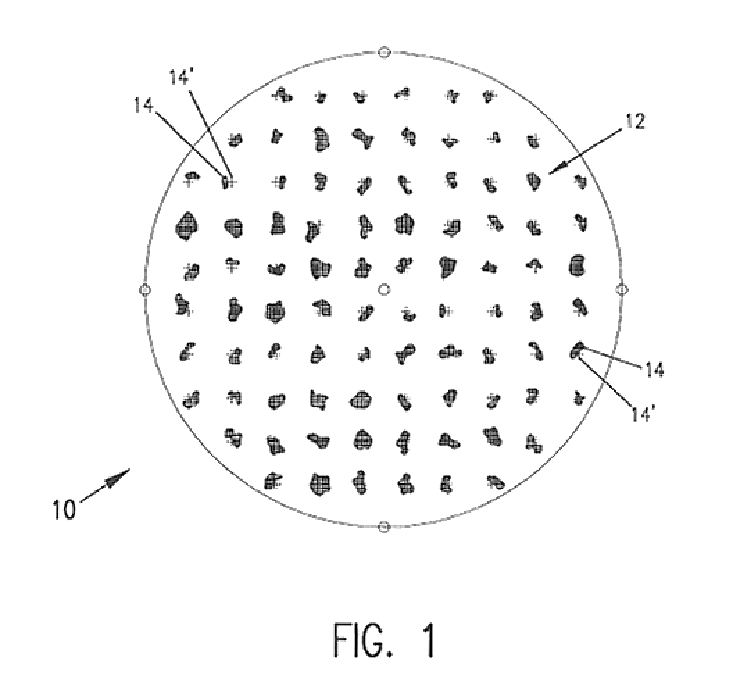Objective manifest refraction
a manifest refraction and object technology, applied in the field of vision diagnostics, can solve the problems of expensive instruments, patient's perspective, subjective nature of the phoropter measurement process,
- Summary
- Abstract
- Description
- Claims
- Application Information
AI Technical Summary
Benefits of technology
Problems solved by technology
Method used
Image
Examples
Embodiment Construction
An embodiment of the present invention is an improved method for providing an accurate manifest refraction value from an objective measurement procedure, preferably a wavefront measurement, which is not traditionally associated with providing manifest refraction values.
The measurement error (i.e., deviation from a subjective measurement value) commonly observed in autorefractor measurements is believed by some to be due at least in part to the presence of higher-order aberrations in the eye; i.e., optical error versus refractive (corneal) error. Without limitation to the invention described and claimed herein, this can be thought of as follows: optical aberrations such as, but not limited to, defocus, astigmatism, spherical aberration, and coma are described mathematically, for example, by Zernike polynomials and by other mathematical expressions. The Zernike polynomial equations include second-order, third-order, fourth-order, fifth-order, etc. terms wherein the second-order and lo...
PUM
 Login to View More
Login to View More Abstract
Description
Claims
Application Information
 Login to View More
Login to View More - R&D
- Intellectual Property
- Life Sciences
- Materials
- Tech Scout
- Unparalleled Data Quality
- Higher Quality Content
- 60% Fewer Hallucinations
Browse by: Latest US Patents, China's latest patents, Technical Efficacy Thesaurus, Application Domain, Technology Topic, Popular Technical Reports.
© 2025 PatSnap. All rights reserved.Legal|Privacy policy|Modern Slavery Act Transparency Statement|Sitemap|About US| Contact US: help@patsnap.com



